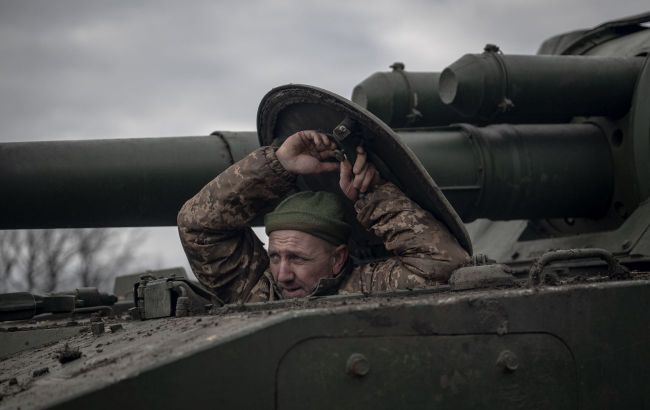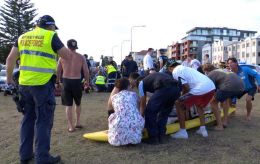Russia's battle plans and Ukrainian forces' capabilities: What to expect
 In spring, enemy will carry out strategic offensive operation, while Ukraine will conduct defensive operation (Getty Images)
In spring, enemy will carry out strategic offensive operation, while Ukraine will conduct defensive operation (Getty Images)
Currently, Ukraine's Defense Forces are engaged in a strategic defensive operation. The enemy is pressing basically along the entire front line, stretching 1,5 thousand kilometers. Since the end of the year, the adversary has amassed reserves, weaponry, equipment, and ammunition. Consequently, they are now conducting intensive actions in the Kharkiv and the Kherson regions. As a result, the occupiers managed to capture Avdiivka, and they are attempting to advance further in that direction.
Former Deputy Chief of the General Staff of the Armed Forces of Ukraine, Ihor Romanenko, provided insight into the enemy's plans and the potential of Ukrainian forces.
Currently, there is also continued enemy offensive action in the Kupiansk, Lyman, Bakhmut, Mariupol, and Zaporizhzhia directions, as well as near our strongholds in the Kherson region on the left bank. The enemy has reserves everywhere, enabling them to carry out offensive actions.
In the area of Avdiivka, until recently, our forces had an intrusion into enemy-controlled territory. After the capture of this settlement, they managed to straighten the front line and free up forces despite significant losses. The length of the front line decreased, reducing their front of advance. Another problem is that the terrain west of Avdiivka is lower, making it more convenient for the enemy to attack our defense lines. They are currently fighting for the points that were part of our lifeline to Avdiivka, which served as a logistical route to the city.
Their key efforts will now be directed towards the Orikhiv direction, specifically the Robotyne area. They also aim to straighten the front line there by eliminating our intrusion into their positions. Moreover, we can target logistic routes from Crimea to the Zaporizhzhia region with artillery fire from there. Additionally, they will advance from the north towards Vuhledar and further south towards Kupiansk.
Looking ahead to spring, the enemy plans a strategic offensive operation, while Ukraine will continue its strategic defensive operation. Future actions will depend on available forces. Obviously, the Russians aim to advance as much as possible before the presidential elections in Russia in mid-March. They currently lack the strength for strategic-level actions but possess enough for tactical ones. Regarding our capabilities, they will largely depend on the volumes of Western assistance we receive.
Our European partners promised to deliver a million shells by March, but they will only be able to send half by then. There is an idea to procure them outside the EU, but France, Greece, and Cyprus oppose this approach.
In conclusion, the main goals of our defensive operation are, firstly, to halt the enemy's advance; secondly, to destroy as much of the enemy's forces and equipment as possible; and thirdly, to buy time to accumulate forces and resources for a successful conclusion of this defensive operation. And if resources and reserves permit, to organize actions for the de-occupation of our territories.
Ihor Romanenko for RBC-Ukraine

